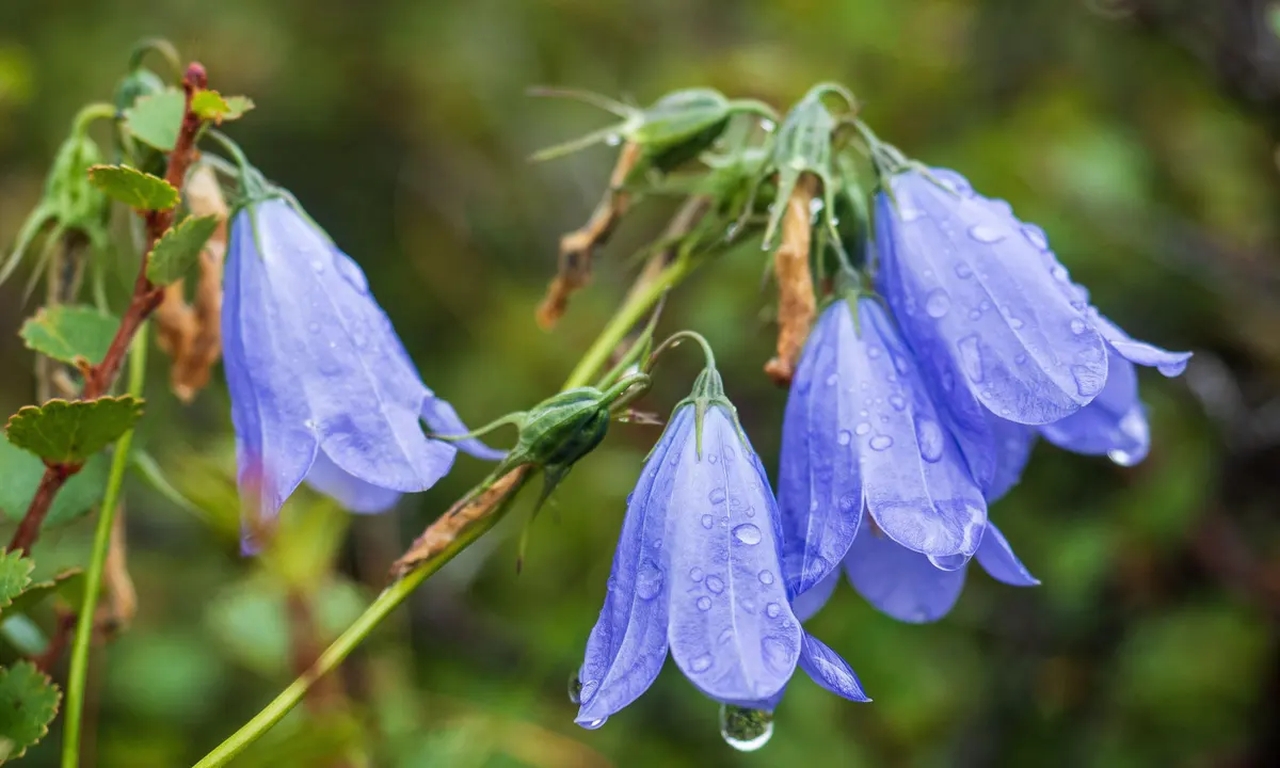Britain and Ireland Lose 50 Percent of Their Native Plants Within 20 Years
Study finds decline with non-native species devouring the indigenous ones
The importance of native plants is becoming more and more significant in times of the existential climate crisis than it has been ever before. Native plants are the ecological basis on which the life of local birds and people depends. The loss of these indigenous species means that fauna species that rely on these native plants will not survive. Unfortunately, Britain and Ireland are experiencing an exponential loss of half of their native plants within the past 20 years.
A major study, conducted over the past two decades by thousands of botanists from the Botanical Society of Britain and Ireland (BSBI), has revealed shocking data on the decline in the flora species. The data on species changes also indicated that non-native species are growing rampant in the wild.
Published in Plant Atlas 2020, the research is based on over 30 million records that were collected between 2000 and 2019. It also has implications for native insects and other species that are reliant on the plants they evolved alongside over time. According to scientists, agricultural practices and the climate crisis are significant contributors to the decline in native plants.

Image: Jan Philipp Kreysing
The loss of species including heather and harebell has been driven by changes in farming since the 1950s as nitrogen enrichment, habitat loss and alterations in grazing pressure became common. Furthermore, these environmental changes drained damp meadows. This led to a significant downfall in a number of plants like devil’s-bit scabious, which feeds rare butterflies. Ancient arable wildflowers like corn marigold have had a 62 percent decline, worse than the others – owing to reseeding or over-fertilization of traditional grasslands.
Other changing climatic conditions are also affecting the native flora. Numerous mountain plants such as alpine lady-fern, alpine speedwell, and snow pearlwort depend on areas that are snow-covered late in the spring and summer.
The chief executive of The Wildlife Trusts, Craig Bennett, said;
The decline of our beautiful native plants is heartbreaking and has consequences for us all. The loss of natural habitats due to modern farming methods over the last 70 years has been an unmitigated disaster for wildflowers and all the species that depend on them including insects, bats and birds.
He further added that while there has been damage, it is not too late to amend things. The new farm environment schemes by the governments must reverse the decline of nature in the agricultural landscape while protecting local wildlife sites. The pledge made at the UN biodiversity summit by the government to halve nutrient pollution by the end of this decade must be met.
The fieldwork documented 3,445 different plant species, out of which 1,692 are native to Britain while 1,753 non-native plants were discovered. These non-native species were either accidentally or deliberately planted in the wild by humans. Many of these species were found in gardens, which then spread to establish self-sustaining populations. Consequently, it is degrading peatland habitats; Sitka spruce, which is a non-native in the region, regenerates in peatland and moorland, with the most significant increase than any other species.
While the damage can be reversed a little by reintroducing native flora species, it might take quite some time to reestablish the habitats lost due to these alterations. That means that it could be a little late to save some species.
Via: The Guardian


